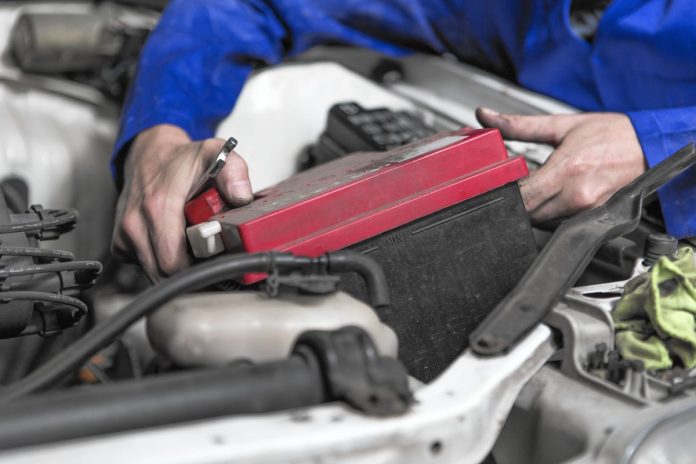A car battery is the name that is given to a rechargeable device that has the function of starting a motor vehicle. The primary purpose of a car battery is to provide an electric current to a motor that is powered by electricity, which will then in turn start off the internal combustion engine that is actually responsible for propelling the vehicle.
Charging a car battery is a vital part of the primary care and maintenance of a motor vehicle, making it of crucial importance that drivers know how to fit battery chargers correctly and safely.
Inspection
The first you will need to do is to check if your car battery needs charging. Charging a full battery is never a good idea as it can actually cause damage to the internal components of the device.
Batteries are likely to be in need of charging if they have been stored for a long period of time without being used or if they have drained accidentally. It is also smart to charge an older battery in order to at least temporarily restore it.
The tools you will need to check if a car battery needs to be recharged include a hydrometer, which can check the specific gravity of the acid electrolyte solution, and a digital car battery which will be able to inspect the state of voltage. Carrying out both procedures will reveal the state of charge and if there any dead cells in the battery.
Specifications
Before you rent or buy a battery charger you will need to read and understand both the instructions given by the manufacturer and the guidelines for safe handling of a charger. The type of battery charger used will be dependent on the nature of your automotive battery as well as its components, making it essential to be aware of your battery type.
Safety precautions
There are a number of safety precautions that should always be observed when fitting a battery charger.
Ensure the compatibility of the battery and check the voltage prior to charging, and make sure that the charger is turned off before it is attached to the terminal clamps. The car should be in an area that is well-ventilated and away from any open flames or sparks.
Keep referring to the manufacturer’s instructions to make sure you are following the correct procedures, particularly in regards to placing settings, to prevent overcharging and overheating.
Always wear approve safety goggles or glasses or even face shield for protection, as well as proper clothing to ensure the protection of your body, face and hands.
Booster cables should not be charged or used or connections adjusted without the correct training and instructions.
Do not lean over the battery when boosting, charging or testing, ensure vent caps are tight and call a doctor if battery fluids make direct contact with any part of you after using water to immediately flush the area.
Car battery charging and extreme caution needs to be exercised if you are unable to get a professional to do the job for you instead.










